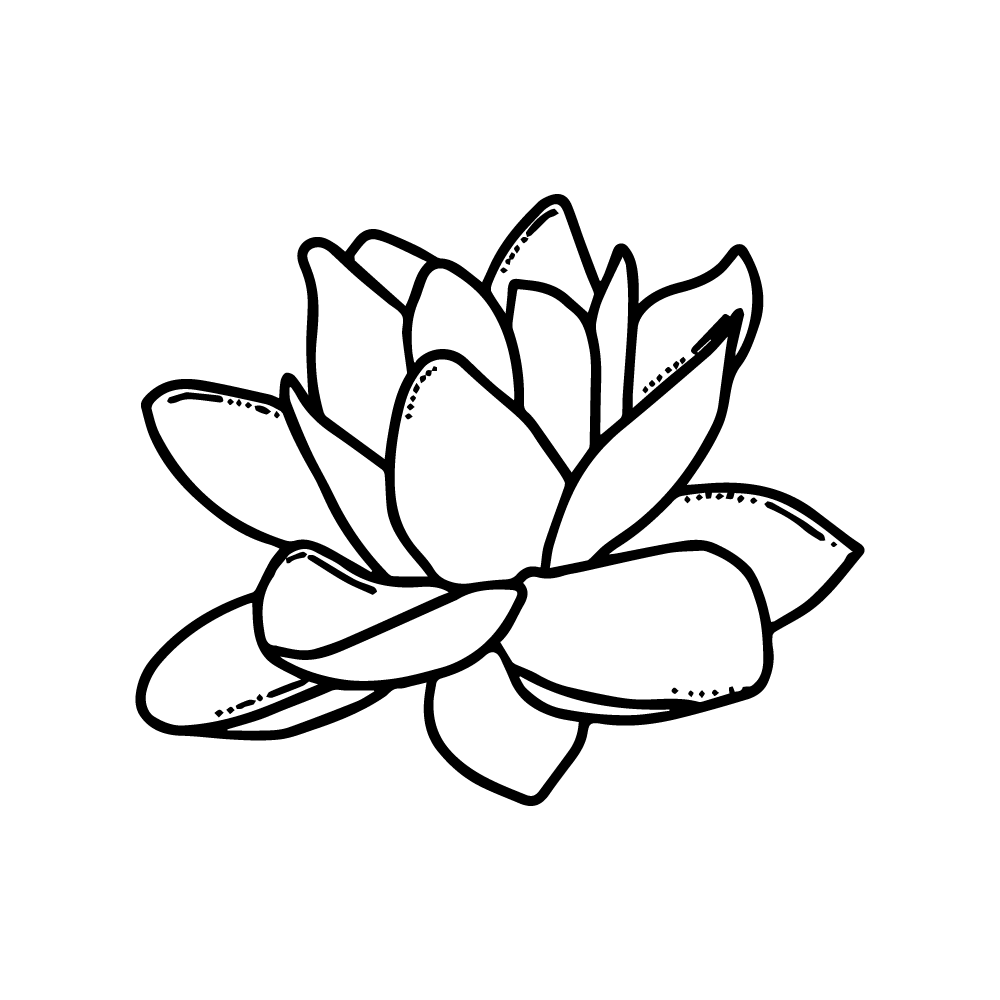Caspian lotus (Nelumbo caspica) vector
Caspian lotus (Nelumbo caspica) flower vector, clip art PNG and SVG. No background, transparent, black and white style, free catalog.

About Caspian lotus – Nelumbo caspica
There are various hypotheses about the origin of the lotus in the Caspian Sea. Some researchers believe that the lotus was preserved here as a relic of the Tertiary period. Others suggest that the lotus was brought here by wandering merchants or Buddhist monks – Buddhism is known to be practised in neighbouring Kalmykia. There was even a belief that the lotus was brought to the Caspian Sea by migratory birds.
The lotus in the Caspian Sea is called the Caspian Rose, Astrakhan Rose, Chulpan Rose, since it was first discovered in the Gulf of Chulpan. In 1764, I.P. Falk, Professor of Botany in St Petersburg, sent nuts of an unknown plant from the mouth of the Volga River to Sweden to Carl Linnaeus, who identified the plant as a lotus on the basis of material from India described earlier. The Caspian lotus grows in lakes, coastal bays and on the banks of numerous canals in shallow, well-warmed water. In years when the water level drops sharply, the lotus often ends up on land, but continues to develop normally and does not freeze even in cold and snowy winters. The lotus flowers in July or early August and ripens in September. The delicious lotus nuts have always attracted the local population, who have harvested a huge quantity of them and not only eat them themselves, but also feed them to their poultry and pigs. By the end of the 19th century, the lotus thickets in the Volga Delta had begun to disappear. In 1919, the Astrakhan State Reserve was created, and under the reserved regime, the lotus-occupied territories expanded considerably. However, in some places, the lotus is disappearing due to human activity.
Information source: https://en.wikipedia.org/wiki/Lotus_Flower_(disambiguation)